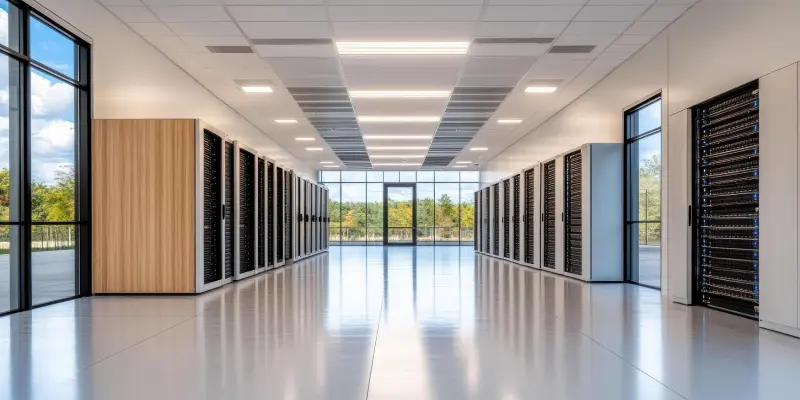Sabey Data Centers, a prominent data center solutions provider in the United States, has made significant strides in expanding its infrastructure across Washington. With the introduction of 30 megawatts of new digital capacity, the company is set to enhance its operational capabilities at two major campuses. This development reflects an important investment in digital infrastructure as businesses increasingly demand powerful computational and data processing facilities. In Seattle, Sabey is adding 6 megawatts of Tier III-standard critical power, a move that exhibits both technological sophistication and a commitment to meeting the highest standards of operational reliability. Meanwhile, the Columbia campus in East Wenatchee is seeing a similar upgrade with the addition of 5.5 megawatts. This expansion is poised to be operational by November 2025, with further expansion capabilities on the horizon, signaling Sabey’s proactive stance in accommodating future growth in digital infrastructure needs.
Sustained Growth and Strategic Developments
Sabey’s strategic initiatives highlight its dedication to offering scalable and sustainable digital solutions that cater to modern enterprise needs. Through a joint venture with National Real Estate Advisors, Sabey manages over 4 million square feet of data centers across crucial U.S. markets, ensuring clients have access to advanced technology and dependable services. The Seattle campus, originally reclaimed from Boeing, showcases Sabey’s commitment to revitalizing existing infrastructure for digital purposes. The recent expansion of the Quincy campus in Washington further emphasizes the company’s continuous pursuit of capacity growth. These efforts are not just about increasing space; they mirror an industry-wide trend towards sustainable, energy-efficient digital infrastructure. As the industry evolves, Sabey is well-positioned to deliver the scalable solutions businesses require, setting a benchmark for innovation and adaptability in a swiftly changing technological landscape.

